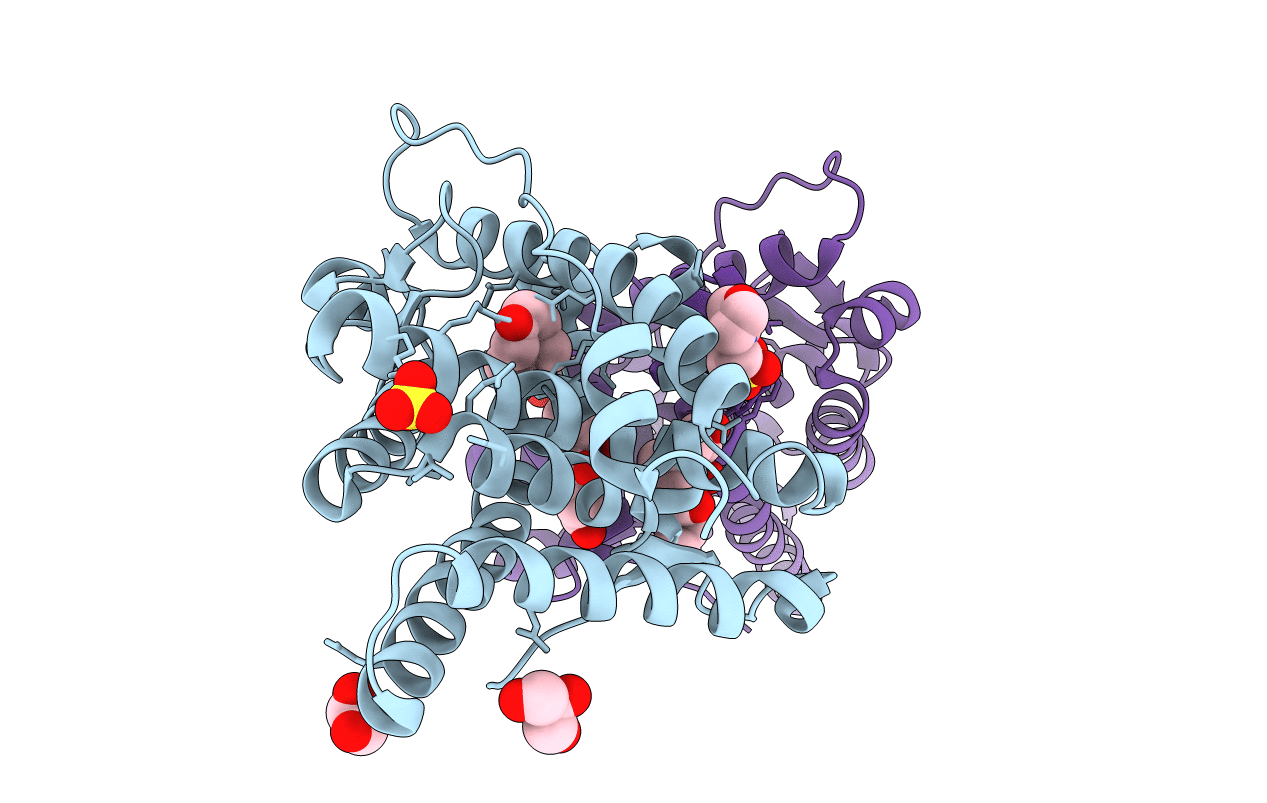
Deposition Date
2012-06-19
Release Date
2012-12-26
Last Version Date
2023-09-13
Entry Detail
PDB ID:
4FN9
Keywords:
Title:
X-ray Crystal structure of the Ancestral 3-keto steroid receptor - Progesterone complex
Biological Source:
Source Organism:
Host Organism:
Method Details:
Experimental Method:
Resolution:
3.00 Å
R-Value Free:
0.25
R-Value Work:
0.20
R-Value Observed:
0.20
Space Group:
P 21 21 21


